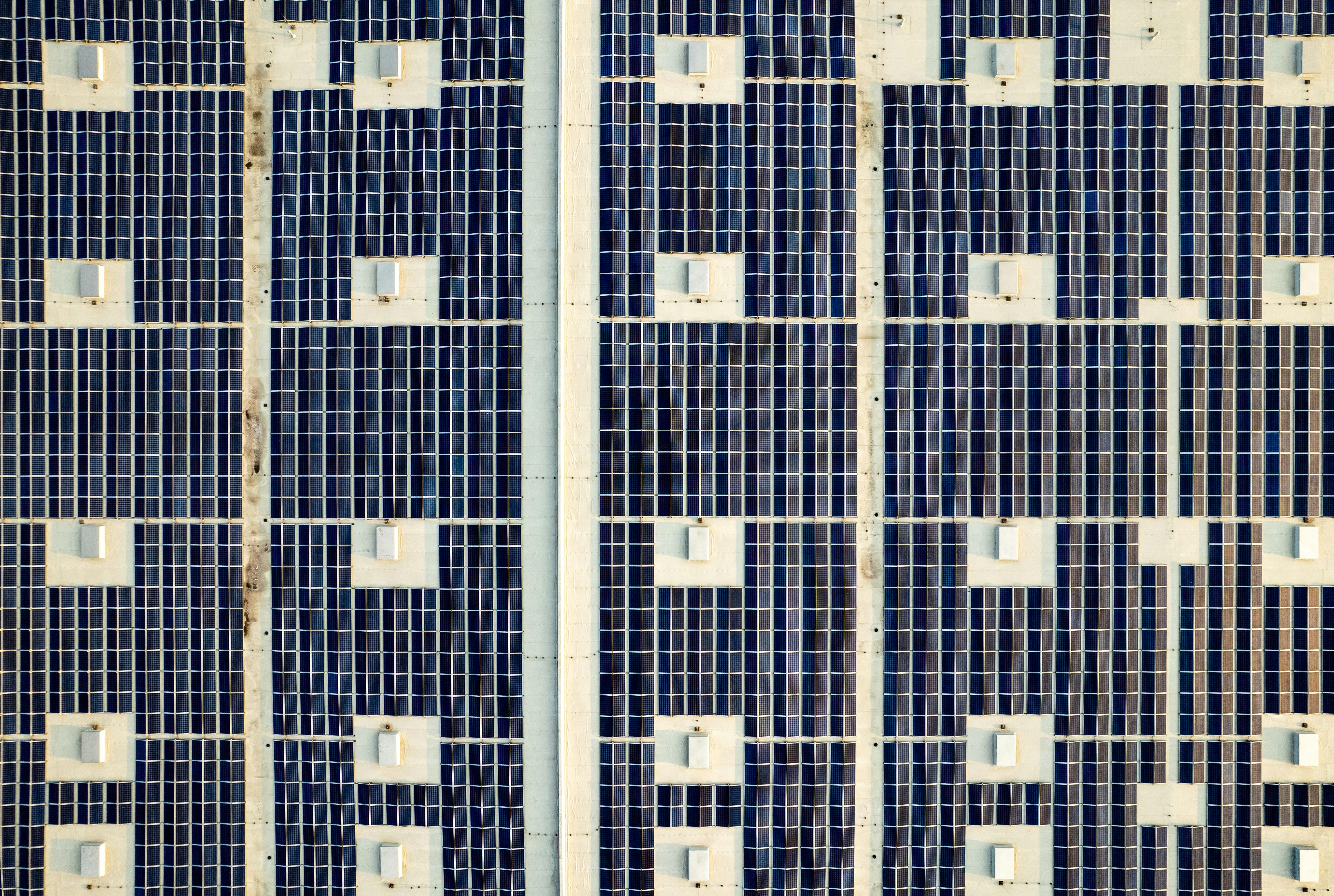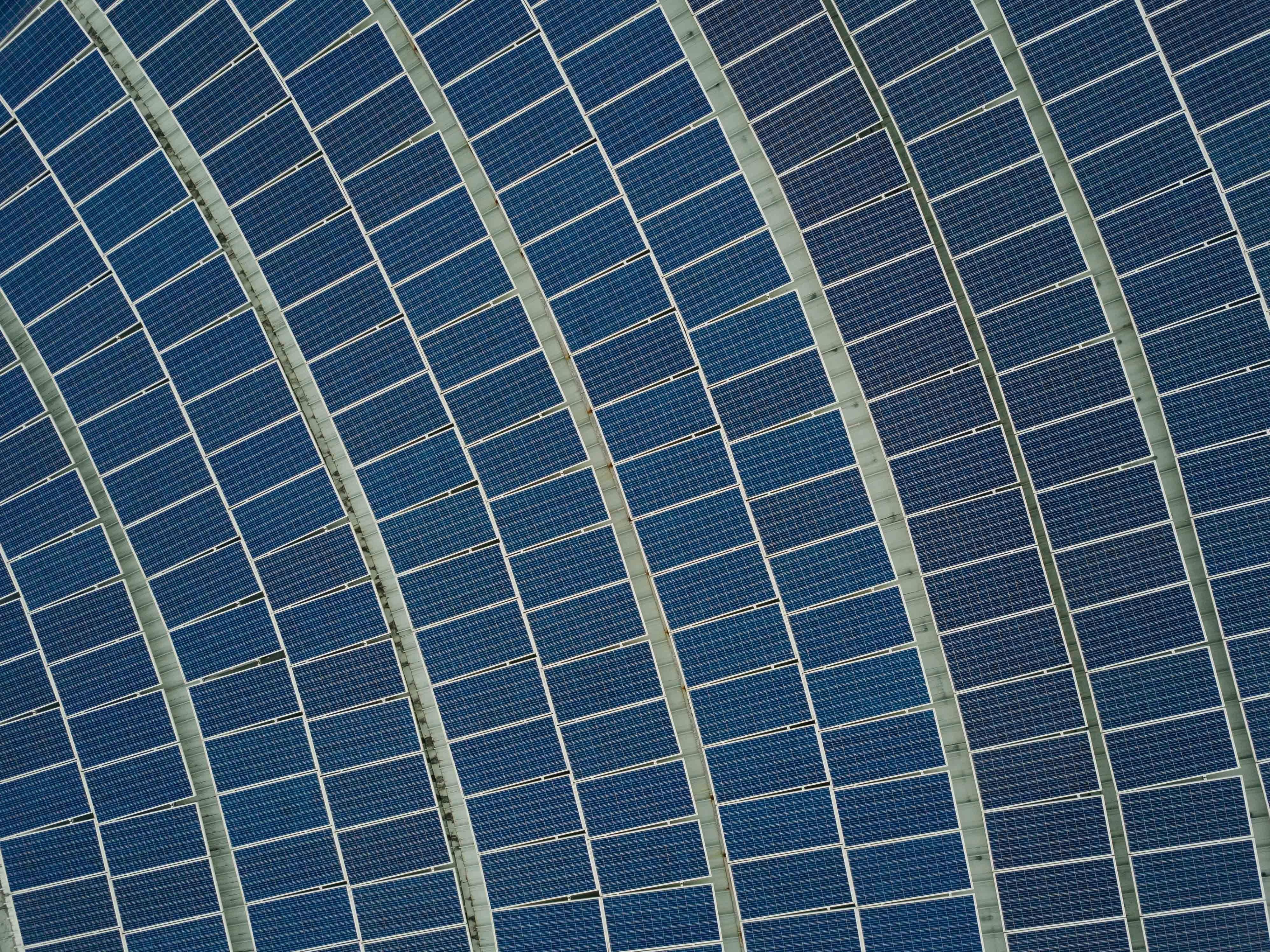In the ever-evolving landscape of renewable energy, solar power stands as a beacon of hope, promising a future where clean energy is not just an ideal but a tangible reality. However, as innovation propels the solar market forward with unprecedented speed, questions arise about the sustainability of this rapid progress. Are these technological advancements driving the industry at a pace that outstrips its foundational stability? Or is this acceleration a necessary momentum to meet global energy demands and climate goals? This article delves into the dynamic interplay between innovation and sustainability in the solar markets, exploring whether the current trajectory is a sprint towards a brighter future or a race on the brink of imbalance. Join us as we navigate the solar sector’s thrilling journey, examining both the groundbreaking strides and the potential pitfalls of this vibrant energy revolution.
Balancing Breakneck Progress with Market Stability
In the fast-evolving solar industry, the challenge lies in harmonizing rapid technological advancements with the necessity for market equilibrium. The influx of innovative technologies—from highly efficient photovoltaic cells to breakthrough energy storage solutions—has undoubtedly propelled the sector forward. However, this surge in innovation can sometimes lead to instability as markets struggle to keep pace with the ever-changing landscape.
- Supply Chain Volatility: Frequent shifts in technology can lead to supply chain disruptions, causing delays and increased costs.
- Regulatory Challenges: As new technologies emerge, existing regulations may become obsolete, requiring swift adaptation by governing bodies.
- Investment Risks: Investors face uncertainty as the rapid pace of innovation may outdate current investments, impacting returns.
While the drive for progress is essential, ensuring that markets remain stable and resilient is equally important. The solar industry must find a balance where innovation continues to thrive without undermining the foundational stability that supports long-term growth and sustainability.

The Role of Technology in Shaping Future Energy Landscapes
As we stand on the cusp of an energy revolution, the rapid advancements in solar technology have become a double-edged sword. On one hand, breakthroughs in photovoltaic efficiency and innovative storage solutions are making solar energy more accessible and affordable than ever before. Yet, there’s a growing concern that these innovations might be propelling the solar market at a pace that could be unsustainable in the long run. The speed at which new technologies are introduced often leaves little room for market adaptation, leading to potential disruptions.
- Technological Overload: The constant influx of new solar tech can overwhelm both manufacturers and consumers.
- Economic Strain: Rapid advancements necessitate continuous investment, which can strain financial resources.
- Environmental Concerns: Frequent upgrades and disposals of older systems could lead to increased e-waste.
Balancing the enthusiasm for innovation with the practicalities of implementation is essential. As stakeholders navigate this dynamic landscape, it becomes crucial to evaluate whether the drive for progress aligns with sustainable growth objectives. This delicate balance will determine the future trajectory of the solar market, ensuring it remains a cornerstone of the global energy strategy.

Navigating the Risks of Rapid Solar Advancements
The landscape of solar technology is evolving at a breathtaking pace, ushering in an era of unprecedented growth and potential. Yet, this rapid advancement is not without its challenges. As innovations continue to push the boundaries, the solar market faces several risks that need careful navigation. Supply chain volatility is a significant concern, as the demand for raw materials skyrockets, potentially leading to shortages and increased costs. Moreover, the swift pace of technological development can render existing installations obsolete, posing a risk to long-term investments.
Beyond these immediate concerns, there’s a need to consider the broader implications of this rapid growth. The environmental impact of manufacturing solar panels, for instance, cannot be ignored. While solar energy is a cleaner alternative, the production process still involves resource-intensive methods. Furthermore, the sector must grapple with regulatory challenges, as governments struggle to keep up with the pace of innovation, often leading to a patchwork of policies that can hinder cohesive progress. To ensure a sustainable trajectory, industry leaders must focus on:
- Investing in sustainable manufacturing processes.
- Enhancing recycling and disposal strategies for outdated panels.
- Collaborating with policymakers to establish consistent regulations.
By addressing these challenges head-on, the solar industry can maintain its momentum without sacrificing sustainability.
Strategic Approaches to Sustainable Solar Innovation
In the quest for sustainable solar innovation, strategic approaches play a crucial role in balancing the rapid advancements with environmental and economic stability. One key strategy involves fostering collaborations between researchers, industry leaders, and policymakers to ensure that new technologies are not only groundbreaking but also scalable and environmentally friendly. By creating a synergy between these stakeholders, the solar industry can innovate responsibly, avoiding the pitfalls of technological obsolescence and resource depletion.
- Collaborative Research: Encouraging joint ventures and partnerships to develop cutting-edge solar solutions.
- Resource Efficiency: Prioritizing the use of sustainable materials and reducing waste in production processes.
- Policy Alignment: Working with governments to craft regulations that support long-term environmental goals.
- Community Engagement: Involving local communities in the adoption and adaptation of solar technologies to ensure cultural and ecological suitability.
By adopting these strategies, the solar sector can sustain its growth trajectory while minimizing negative impacts, ensuring that innovation continues to drive the market in a balanced and conscientious manner.
In Conclusion
As the sun dips below the horizon, casting a golden glow on solar panels across the globe, we find ourselves at a crossroads where innovation and sustainability converge. The rapid advancements in solar technology have undeniably illuminated new pathways, offering a beacon of hope for a cleaner, greener future. Yet, as we navigate this vibrant landscape, it is crucial to balance the race for progress with the wisdom of sustainability. Are we sprinting towards a future that our planet can sustain, or are we outpacing our own ability to keep up? As the energy of tomorrow beckons, let us tread thoughtfully, ensuring that the light of innovation continues to shine brightly, without casting shadows on the path we leave behind. The sun will rise again, and with it, the opportunity to chart a course that harmonizes innovation with the enduring rhythms of nature.

































